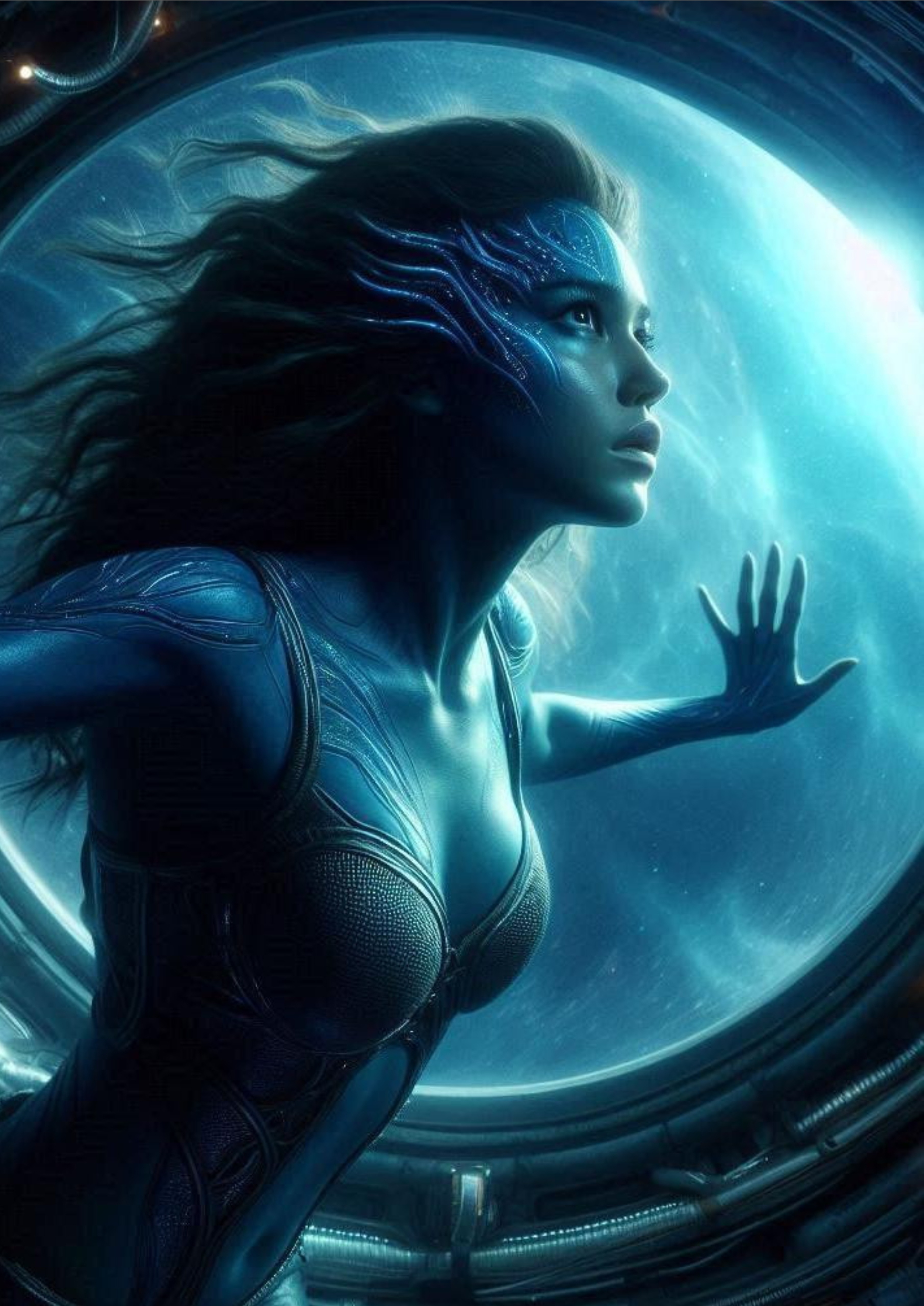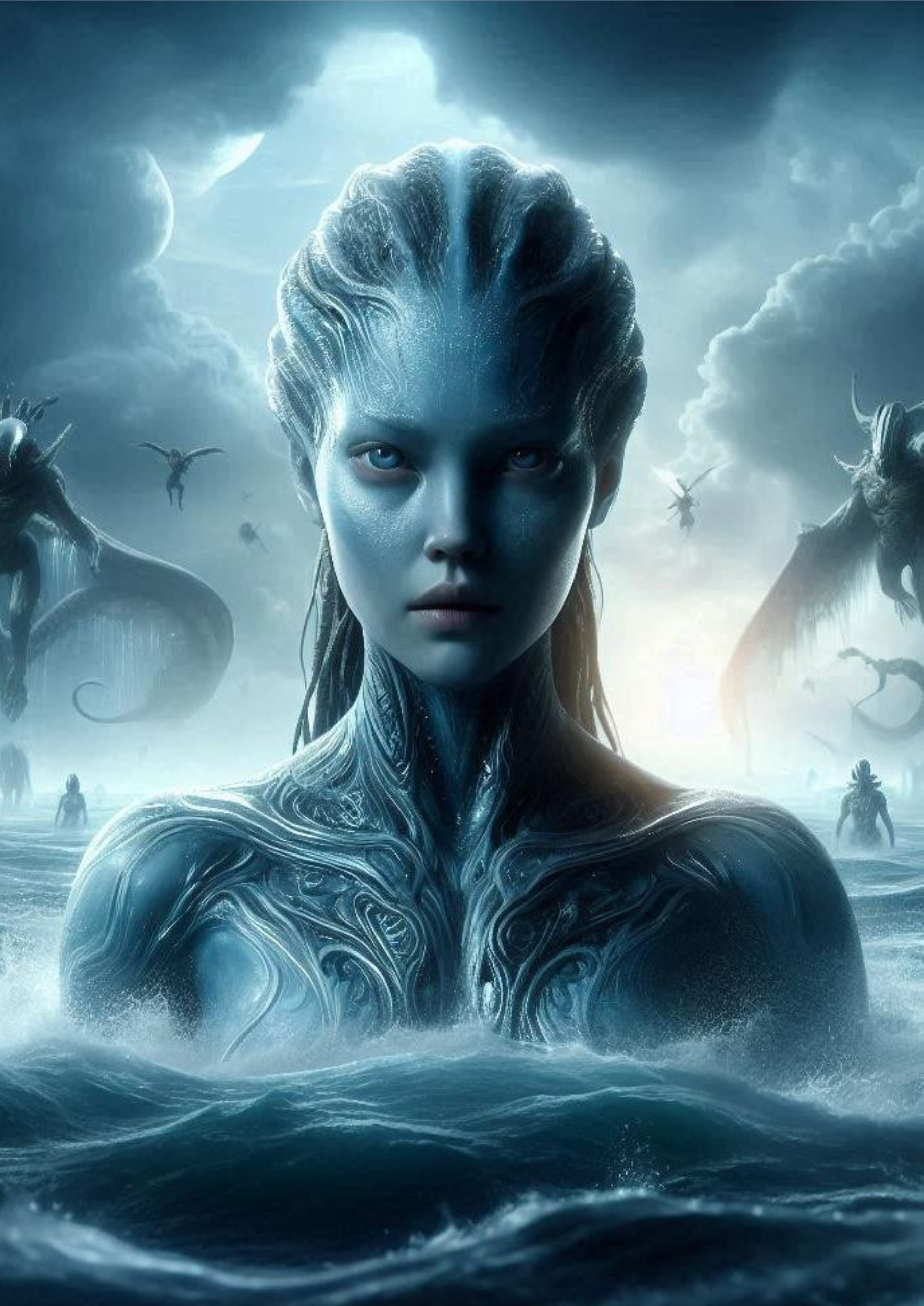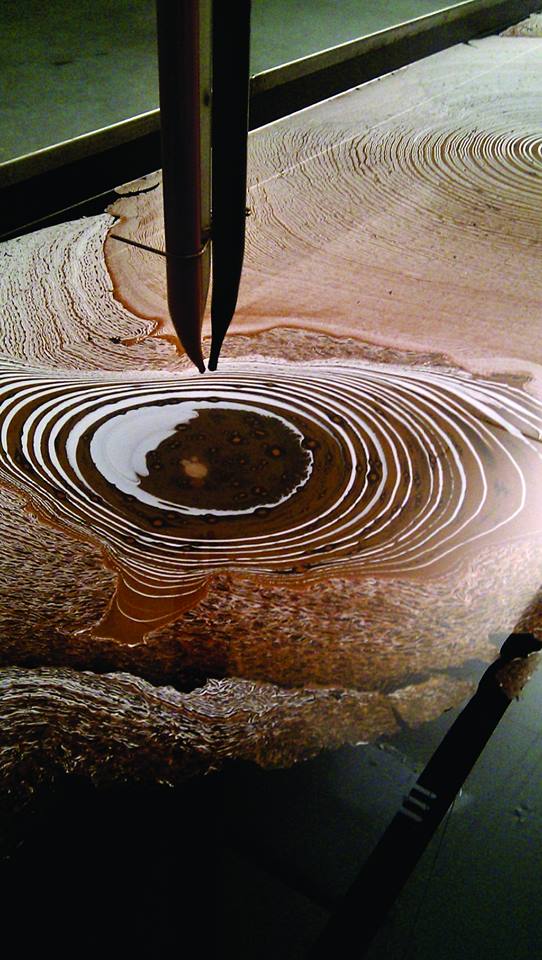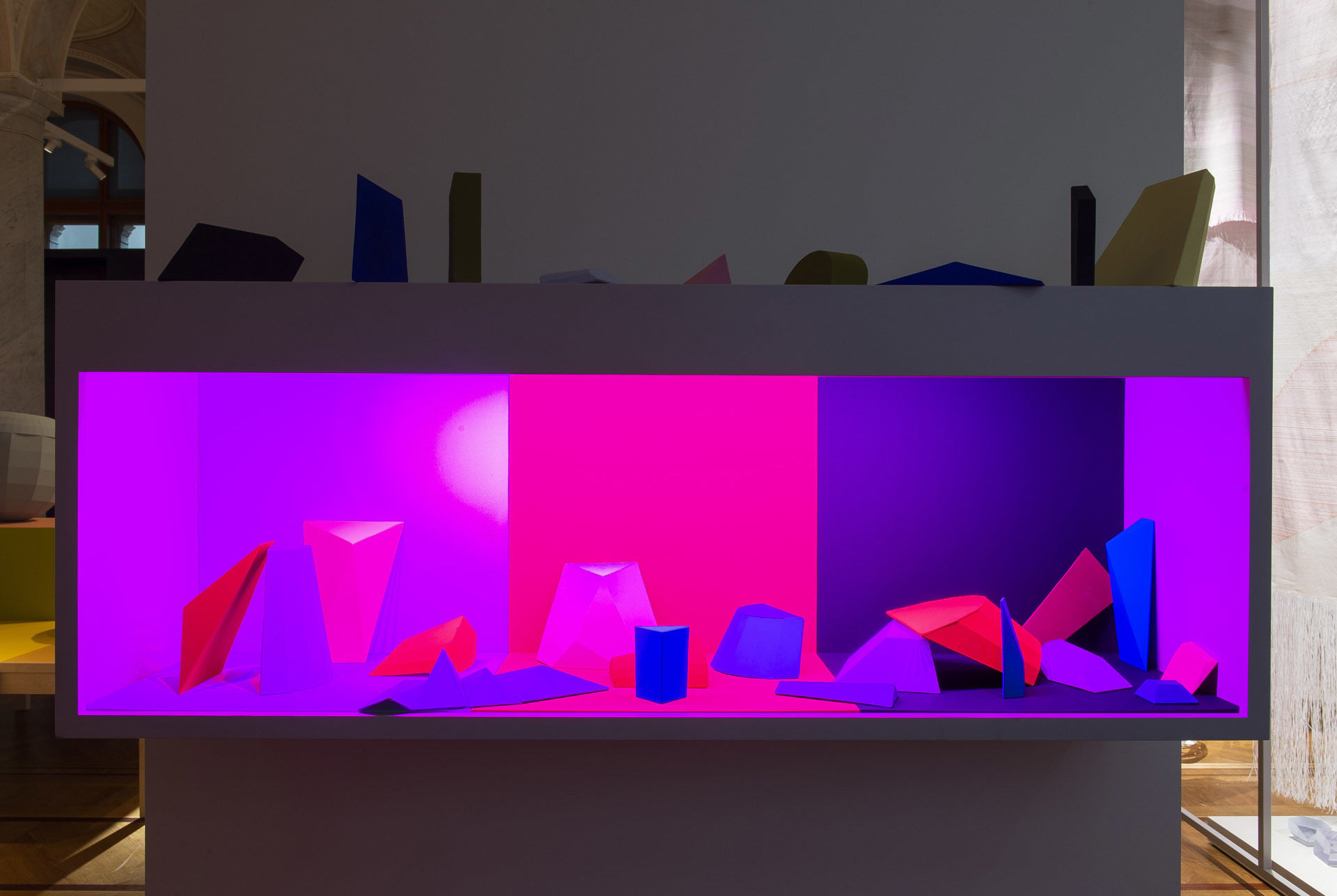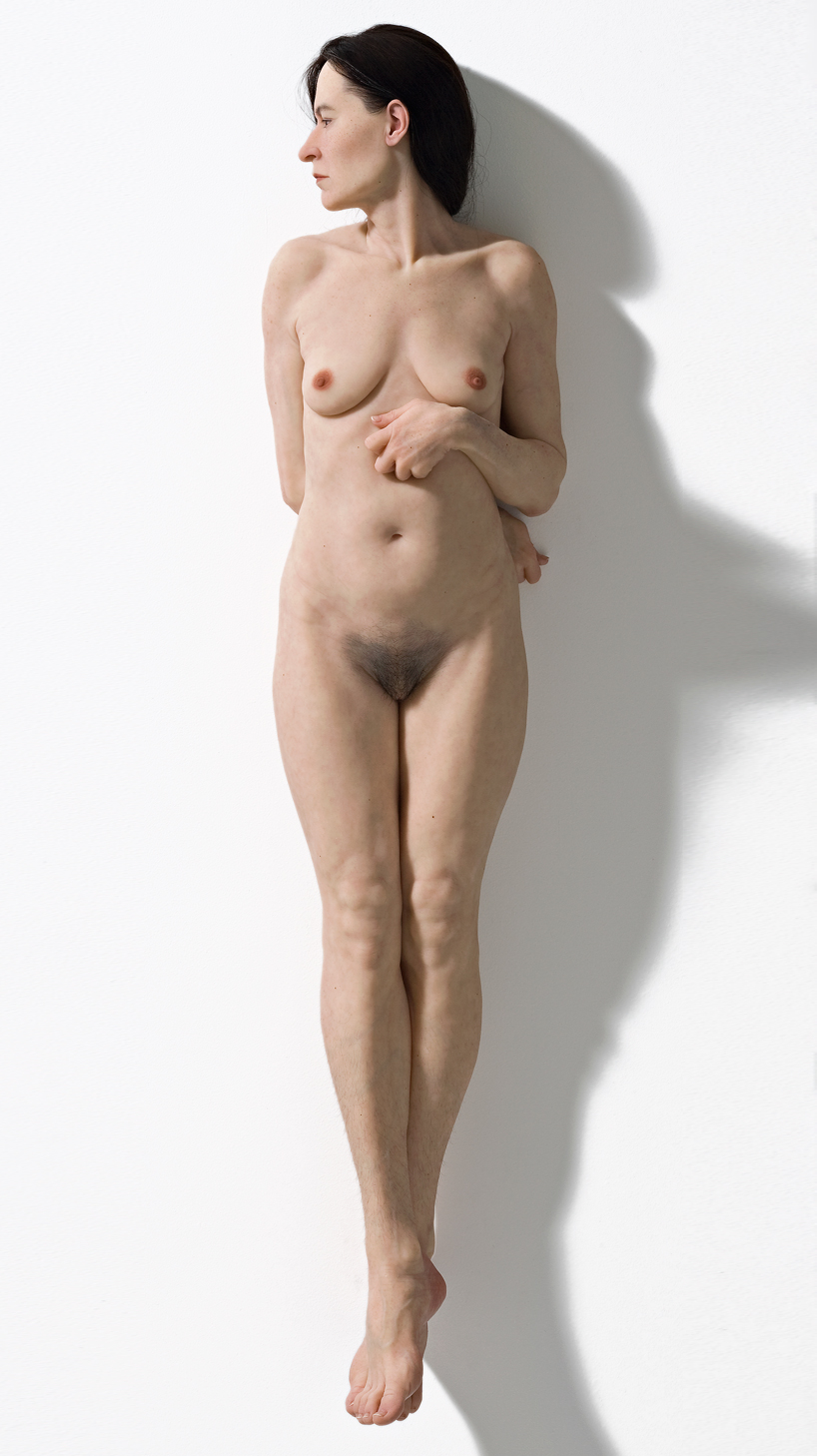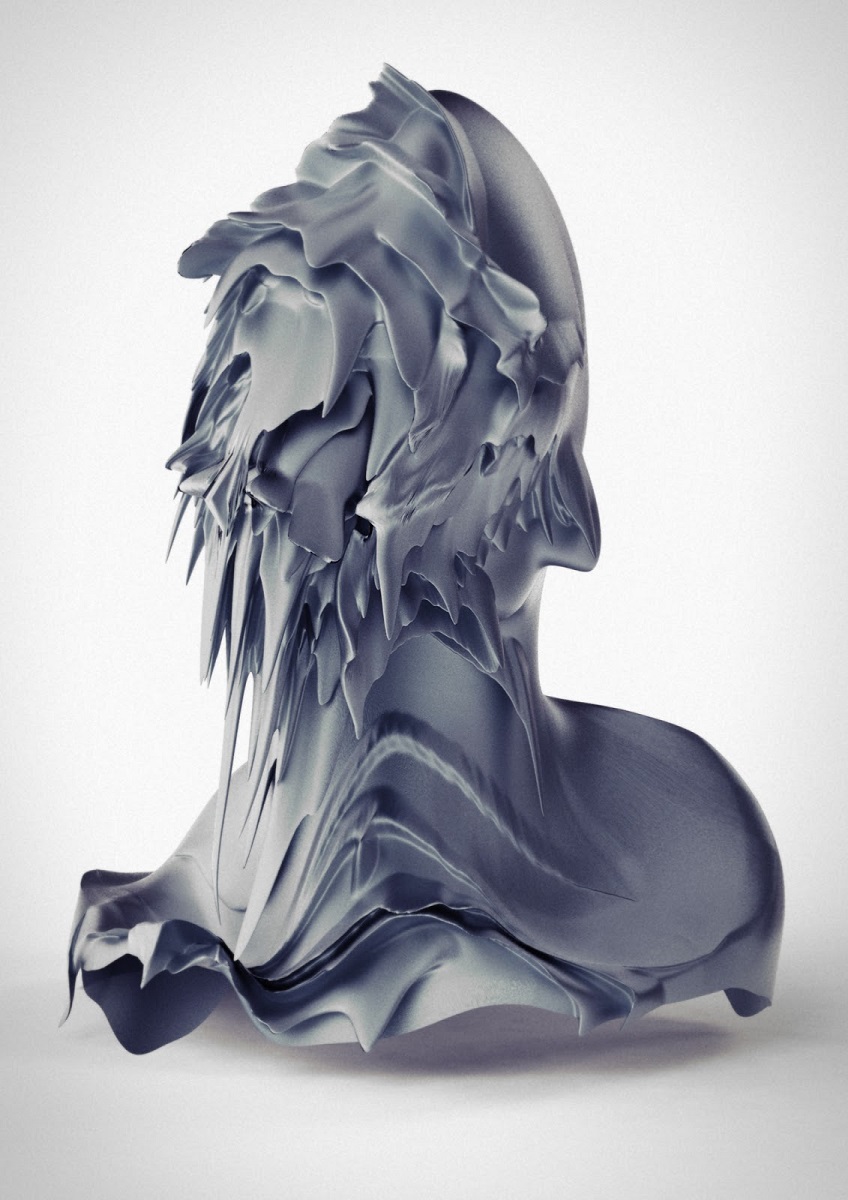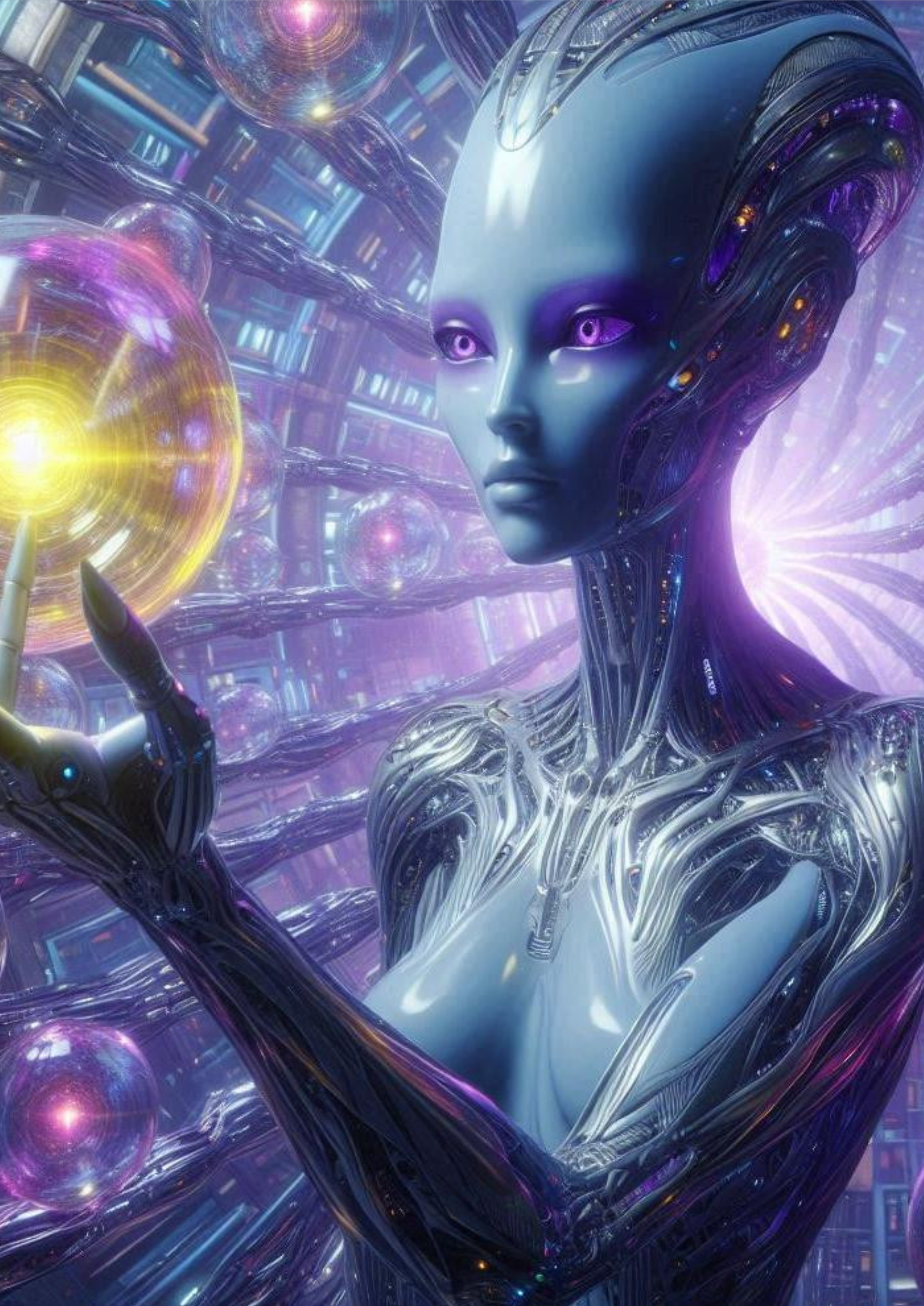
FILE SÃO PAULO 2025: SYNTHETIKA – Darren Slater (DSM)
Emerge
Darren Slater (DSM)
FILE SÃO PAULO 2025: SYNTHETIKA – Arte e Tecnologia – Instalações
Festival Internacional de Linguagem Eletrônica
Emerge – Reino Unido
Emerge é uma fusão hipnotizante das paisagens sonoras de Darren Slater com animações geradas por inteligência artificial, conduzindo o público por uma jornada surreal através de dimensões em constante mutação. Formas abstratas se materializam e se dissolvem em paisagens hipnóticas, com visuais pulsando em harmonia com a música evocativa de Darren. Uma odisseia onírica em que som e imagem se entrelaçam, Emerge propõe um profundo escape sensorial rumo ao desconhecido.
BIO
Darren Slater é um músico e criador visual amador radicado no Reino Unido. Compõe trilhas cinematográficas nos estilos ambient e techno house com inspiração sci-fi, usando loops e efeitos sonoros livres de atributos. Utiliza o Krea AI Animator para dar vida a imagens geradas por IA, criando experiências imersivas. Também atua como artista tradicional, pintando mundos de fantasia com pincéis e pigmentos.

